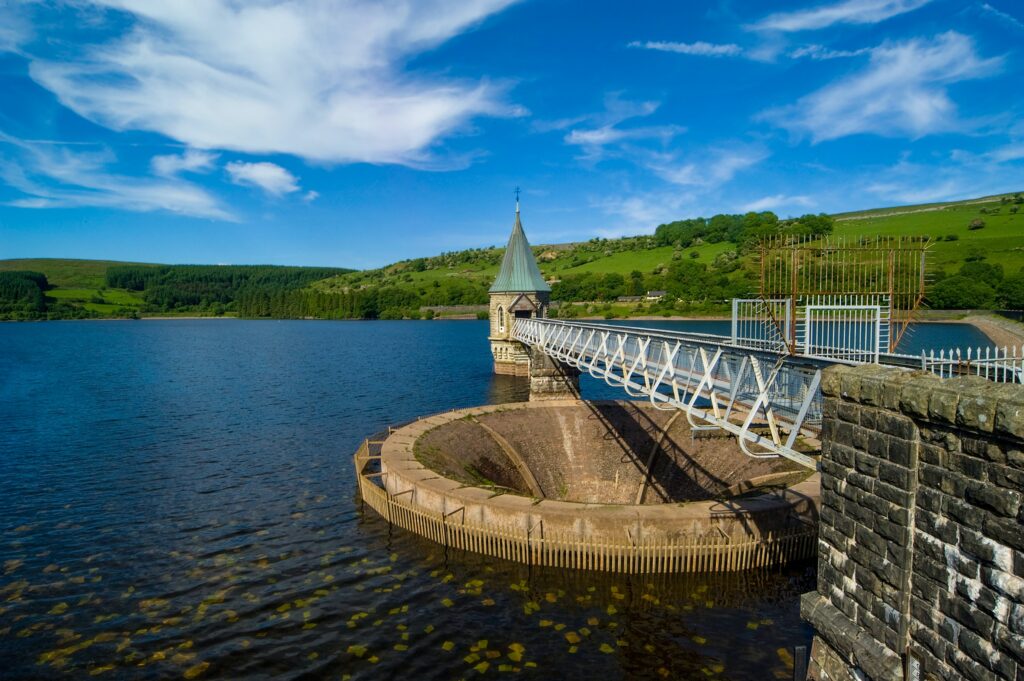Water Drainage
Drainage is an essential part of a building and infrastructure design. Most times, we deduce discussions from some of our clientele and these believe that water should be an afterthought when constructing. But that is far from the truth. It is crucial to design and decide on a building’s drainage system before breaking the ground.
Infact, water in itself can cause a lot of damage if you do not plan for it. The U.K is a rainy region, so in cases of heavy rain or significant flooding and the soil is pretty much saturated, water tends to pool. And if the water does not have anywhere to go, you are looking at a potential foundation issue, sinkhole, erosion, properties damaged by flood water and many more issues.
We might want to say, those are probably the worst-case scenarios. But no, think again. Water damage causes cracking, discolouration, mould and many more, and we do not think most of our customers would want that. That is why we are meticulous in our approach when dealing with water drainage design plans and executing them in detail.

Water drainage ideas
- Slot drains: These work like grated trench drains, except they do not need the grate. They have slimmer designs, and they generally go into the floor or ground without the need for covering. They are most popular for sanitary drains.
- Swale drains: Swale drainage systems are nothing more than shallow ditch which are lined with grass or other type of plants to prevent flooding or puddling.
- HDPE drains: These stands for high-density polyethylene drains. These drains offer an alternative drainage solution to cast iron. It is particularly suited for commercial applications or where a product with high impact or abrasion resistance is needed.
- French Drains: These drainage systems are for domestic projects which redirects water away from landscaping and homes.
- Trench drains: This is the most popular. This trench system uses a system of trenches and grates to move water towards an underground pipe. That pipe is often sent to the water outlet or other accepted area for excess water.
